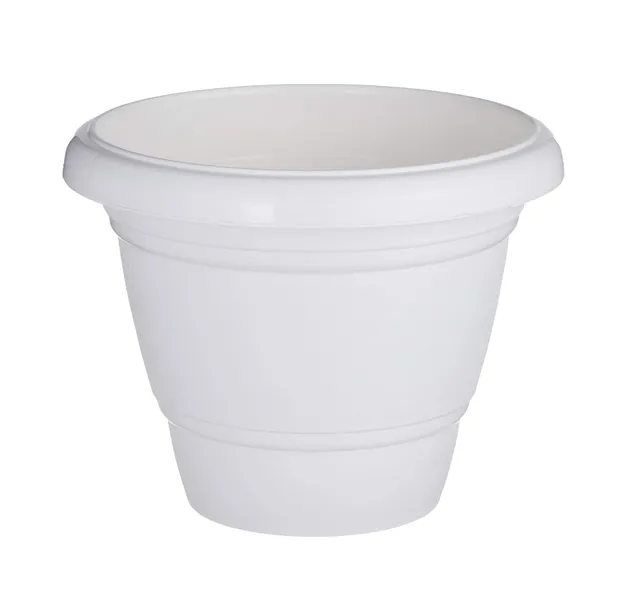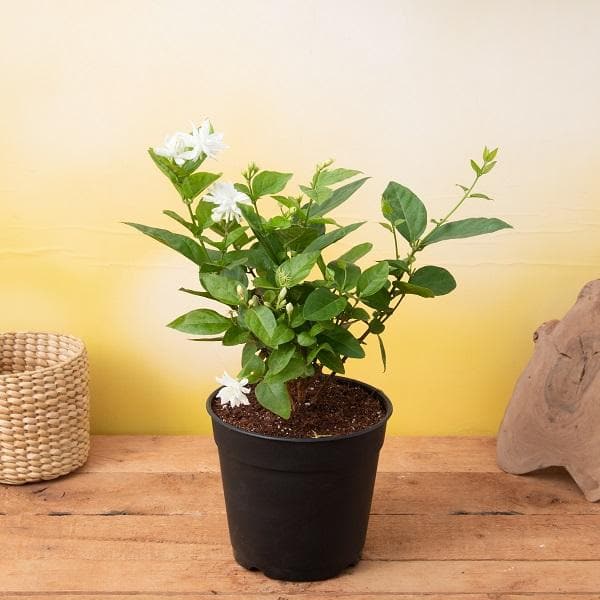krishna tulsi is part of routine worship and has a scientific background as the plants possess antimicrobial and antiviral properties and purify the air.
What makes it special:
- Have a traditional value.
- krishna tulsi have medicinal property.
- Atractive purple colour flowe
- krushna tulsi purify the air.
Krishna tulsi belongs to the Lamiaceae family. Krishna Tulsi has traditional as well as medicinal importance. Krishna tulsi tastes good and provides gentle stimulation to body, mind and spirit. Krishna tulsi is Purple leaf tulsi and is famous for its peppery, sharp, crisp taste.
Its leaves and dark stems are dark in purple color. Tulsi flowers are small having purple to reddish color, present in small compact clusters on cylindrical spikes.
Plant Specifications
| Plant Height | 12 inch (30 cm) |
| Plant Spread | 4 inch (10 cm) |
| Common Name | Krishna, Shyama Tulsi |
| Maximum Reachable Height | Up to 60 centimete |
| Flower Colour | Purple. |
| Bloom Time | year-round. |
| Difficulty Level | Easy to grow. |
Planting And Care
Sunlight
- Keep the plant outdoor in natural bright light.
- Protect the plant from direct harsh sunlight as it can cause damage to the foliage.
Soil
- The soil should be well drained and fertile rich in oragnic content.
Watering
- Poke your finger/plain small stick into the soil to check the moisture.
- Water when top soil (1-2 inches) feels dry to touch.
- Water thoroughly in the summer and reduce watering in winter and rainy season.
Application of Fertilizer
- During the main growing season feed the plant with organic fertilizer once a month.
- Loosen the topsoil without disturbing the roots of the plant so it can uptake the nutrients and moisture easily.
Re-potting
- When a plant outgrows in current pot, re-pot with fresh potting soil and some fertilizer.
- Do the re-potting late evening and keep the plant in shady area for 2 to 3 days and then move the plant in its suitable climatic condition.
Plant Protection
- Remove dead, infected or damaged plant parts and dispose them away from the planting area.
- Spray Neem, Eucalyptus or Citrus oil for any insect/pest attack, as a primary treatment.
Donts
- Easily grows in AC rooms but away from AC vents.
- Do not over-water the plant especially when pot does not have drainage holes.
Krishna Tulsi Plant Care
Initial care for 1-2 weeks after receiving plant at your location:
- Keep the plant in natural indirect bright Light.
- Poke your finger/plain small stick into the soil to check the moisture.
- Water when top soil (1-2 inches) feels dry to touch.
- Do not re-pot for min. 2 weeks after receiving it.
Key requirements to keep plant healthy:
| Sunlight | Natural bright light. |
| Watering | Poke your finger/plain small stick into the soil to check the moisture. Water when topsoil (1-2 inches) feels dry to touch. Water thoroughly in the summer and reduce watering in winter and rainy season. |
| Soil | Soil should be well drain and fertile, rich in organic content. |
| Temperature | Up to 35-degree Celcius. |
| Fertilizer | Apply any organic fertilizer. |
| Harvest Season | The first harvest is done after 90 days of planting and subsequently, it may be harvested every 75 days interval. |
Krishna Tulsi Plant Uses
Medicinal Use:
- Krishna Tulsi is used in treating low energy, ulcers, vomiting and diarrhea or as an overall tonic
- The powder of the dried Krishna Tulsi root, taken in milk, ghee or as a decoction, is recommended to treat malarial fever as an analgesic application to the bites and string of insects
- The herb improves resistance to stress and has a normalizing influence on blood pressure and blood sugar imbalances
- Tulsi is likely to prove prophylactic against the negative effects of environmental toxins, including cancer
- The plant is also richly endowed with bioavailable antioxidants, vitamins A and C and calcium
- It has marked insecticidal activity against mosquitoes
- Tulsi leaves contain a bright yellow volatile oil which is useful against insects and bacterial
- The principal constituents of this oil are eugenol, eugenol methyl ether and carvacrol
- The oil is reported to possess antibacterial properties and acts as an insecticide
- Note: The following information is general guidelines, be sure to ask your healthcare provider for guidelines
Culinary Use:
- Krishna tulsi fresh leaves Add to salads, fruit dishes, jellies, preserves and sweetbreads
- Krishna tulsi uses in Thai cooking in stir-fries with hot peppers, chicken, pork and beef
- The dried leaves are an ingredient of Ethiopian spice mixtures








Reviews
There are no reviews yet.